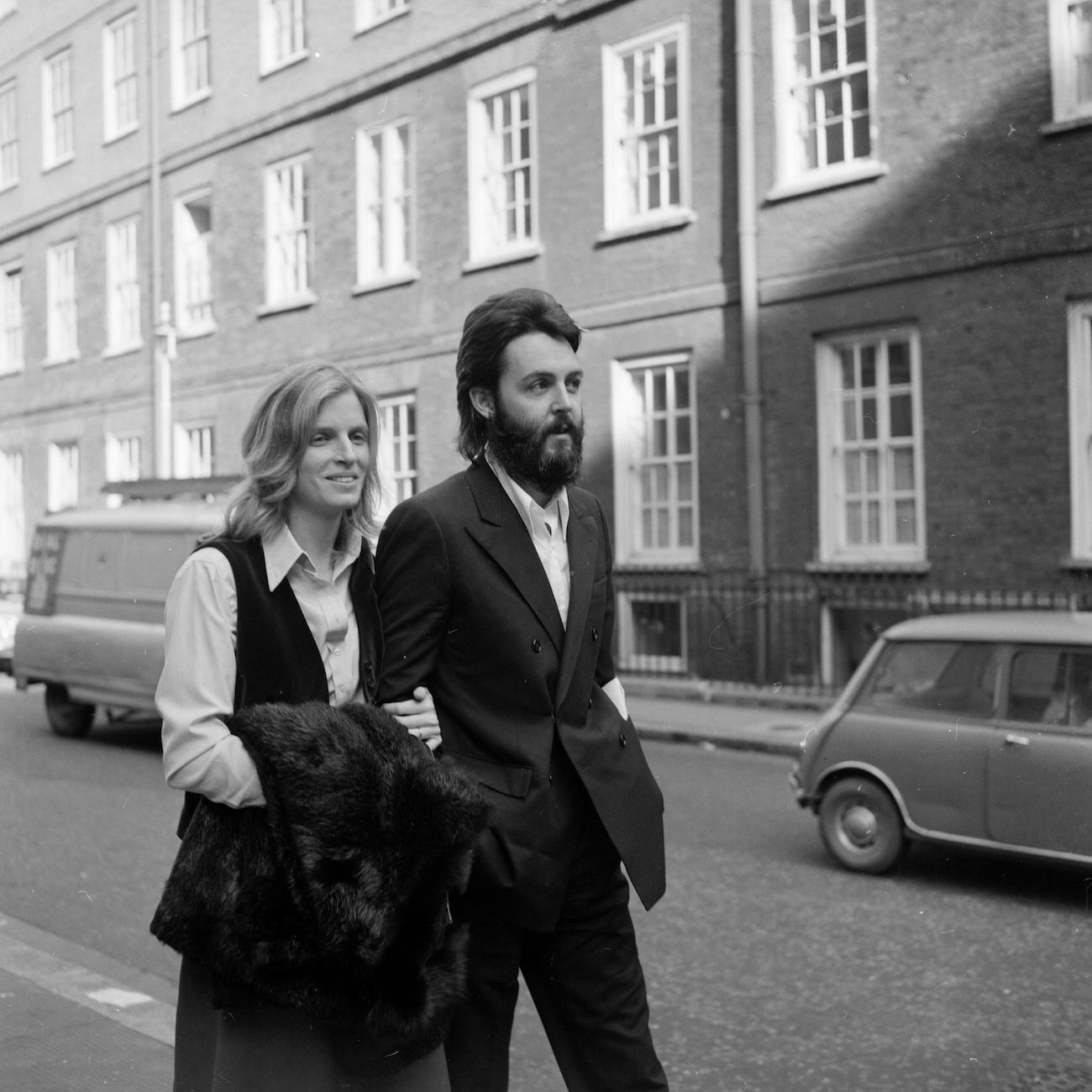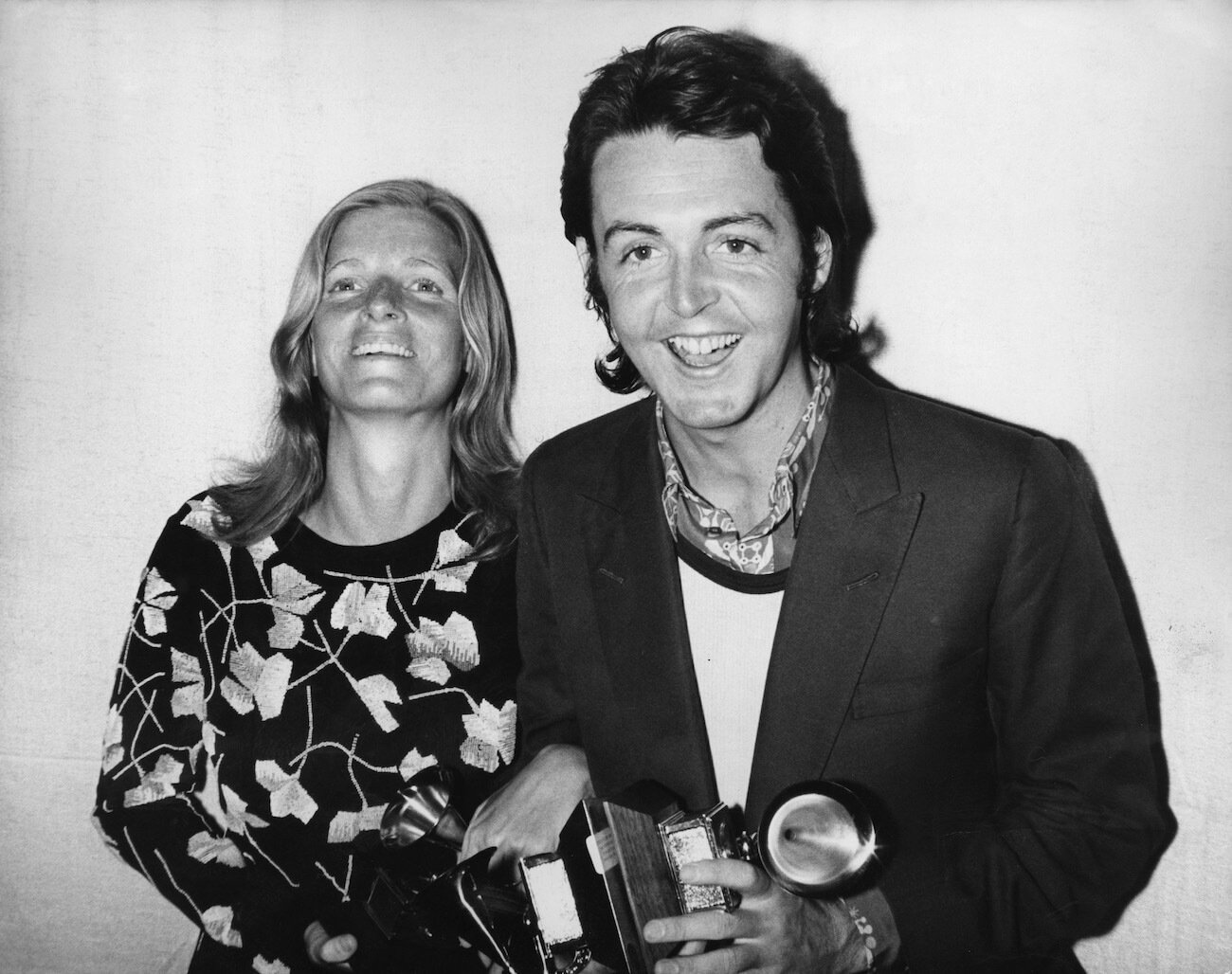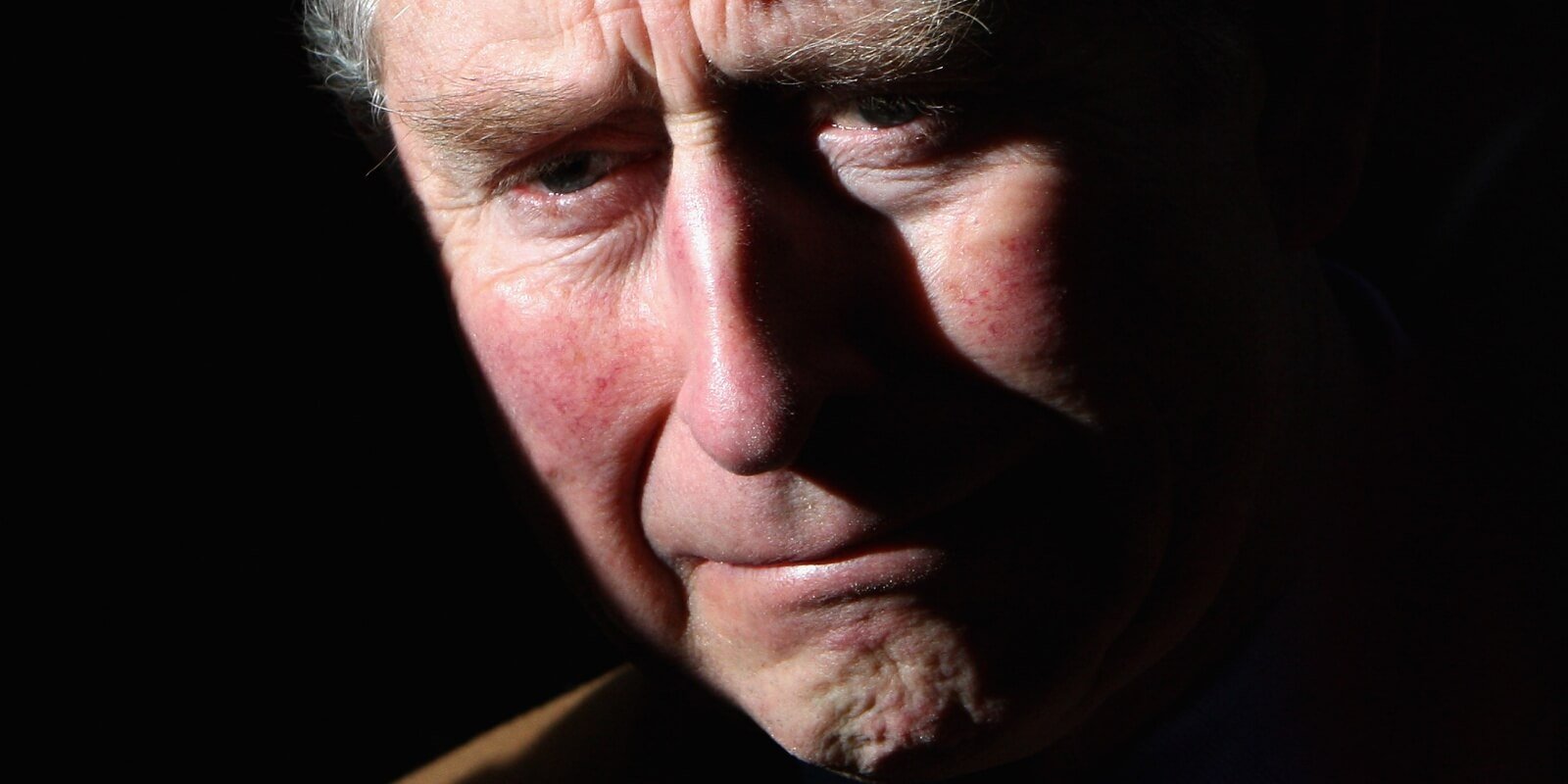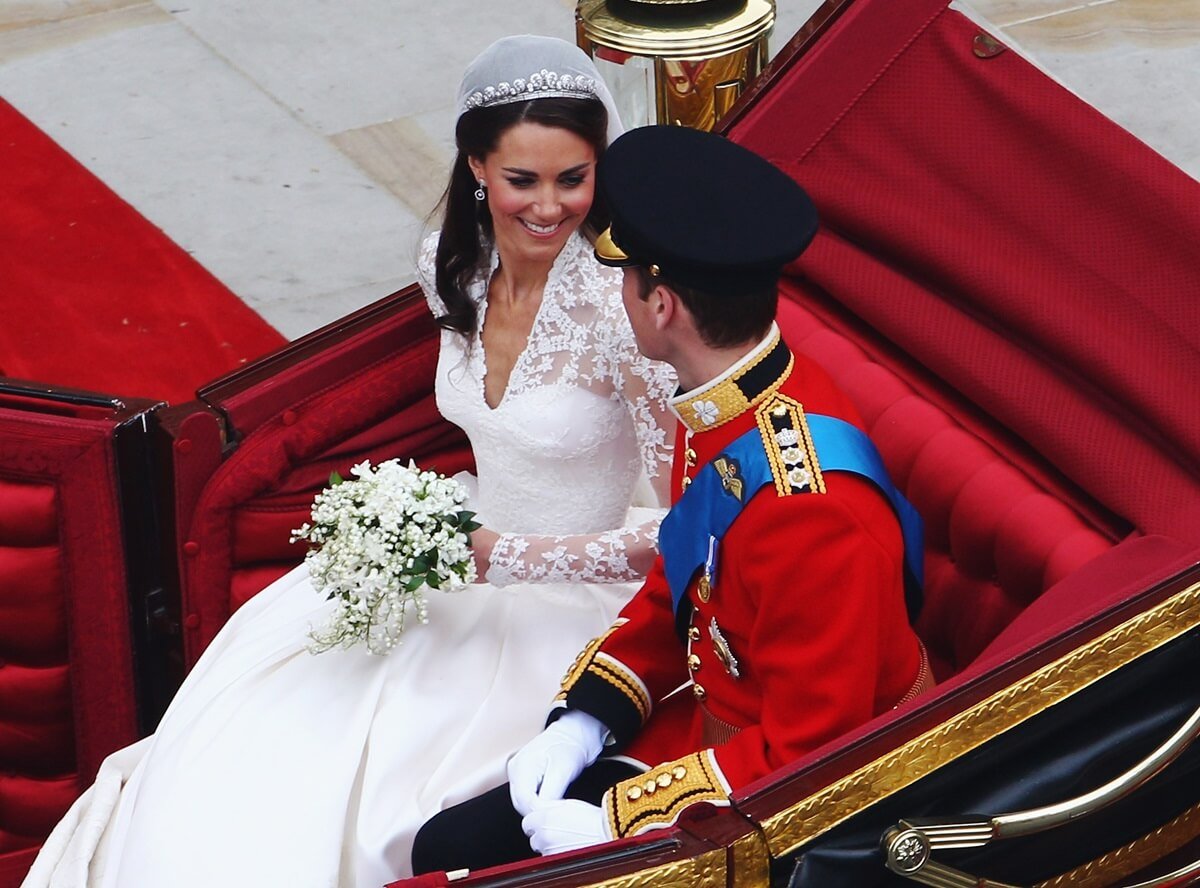
How Buddy Holly and a Sheep Inspired Paul McCartney on ‘Eat at Home’
Paul McCartney had some simple and obvious inspiration for his 1971 song “Eat at Home.” However, he also had some not-so-simple and not-so-obvious inspiration. When he meshed it all together, it worked.

Linda McCartney’s cooking inspired Paul McCartney to write ‘Eat at Home’
Shortly after The Beatles split, Paul retreated to his High Park Farm in Kintyre, Scotland, with his wife Linda and their kids. One day, Paul and Linda sat down to eat a meaty dinner and casually looked outside their window. There, they saw their lambs happily galloping away in the fields.
Suddenly, their roast dinner wasn’t appetizing. It was an awkward moment that ultimately turned them into vegetarians. Eventually, Linda started coming up with great meatless dishes and later wrote her own cookbook.
In The Lyrics: 1956 to the Present, Paul wrote that nobody was writing simple and easy-to-follow recipe books for meat-free home cooking. He added that he and his wife liked eating in bed. Living in comfortable domesticity, Paul wrote “Eat at Home.”
It was a different take on domesticity from John Lennon and Yoko Ono’s “Bed-In for Peace.” Paul wrote, “But the world represented here is certainly much quieter, conducted without the world’s press.” However, that’s how the McCartneys wanted it. They wanted to escape the bustle of London and breathe a little after the tense split of the Fab Four. On the farm, they were completely cut off.
The couple made their own fun there. They drew and wrote a lot and inspired each other. Used to taking photos of high-profile figures, Linda took snapshots of their quiet everyday family life. Paul loved the simplicity of living on the farm.
How Buddy Holly and a sheep inspired Paul on ‘Eat at Home’
There were many jobs on the farm. Paul eventually learned how to shear a sheep. As a kid in Liverpool, Paul never thought he’d end up doing such a task. An image of Paul shearing a sheep ended up on the cover of RAM, but a sheep also appeared on “Eat at Home.” Paul’s song came to life thanks to Buddy Holly and a sheep.
In The Lyrics, Paul wrote that “Eat at Home” owes much to the example of Buddy Holly, who was a massive influence on him and The Beatles when they were growing up and starting to write their own songs.
One of the aspects of “Eat at Home” that Paul enjoys is that he modified Buddy Holly’s “tendency to mimic a speech hesitation by introducing a sheep’s baa into the phrase ‘eat in be-e-e-e-d.’ I was proud of that!”
Two journalists intruded on Paul’s privacy, and he threw a bucket of scraps at them
Paul and Linda’s bubble of privacy at High Park burst when two journalists decided to intrude.
Life magazine chose Terence Spencer and Dorothy Bacon “to track down” Paul and get his response to the “Paul is dead” conspiracy theory, which still lives on the internet today. The two journalists managed to get to the hard-to-reach farm, and when they spotted Paul, he was furious.
Spencer wrote (per The McCartney Legacy: Volume 1: 1969 – 73), “Arriving at the lonely farmhouse as unshaven Paul walked out of the front door carrying a slop pail. He took a startled look in our direction and the angel face distorted in creases of rage as he slung abuse at us.
“I had preset my camera and, when he turned to re-enter the house, I took a quick shot, knowing it would be my last. He heard the click, turned, and threw the slop pail at me. I took another shot of it in mid-air or rather tried to, since at the moment he charged me with flailing fists, and I was hit for the first time in twenty years of covering trouble around the world-by a Beatle!”
At least the incident didn’t trudge too much on Paul and Linda’s safe haven. They were still happy, shearing the sheep and eating at home, in bed.



